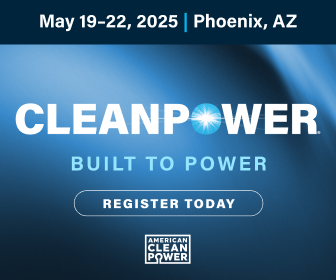Students Research Cleaning Solar Collectors Without Water
Adtec Europe Ltd is sponsoring two Cranfield University students to research potential applications for plasma in helping to reduce the amount of water used for cleaning solar mirrors.
CSP (concentrating solar power) plants generate electricity by concentrating sunlight with large arrays of mirrors. They are usually located in desert regions to maximise the sun, but consequently the mirrors get covered in sand and dust. To ensure perfect reflectance and optimum performance they require cleaning with brushes and water on a regular basis.
The research will investigate the characteristics of using plasma-assisted surface conditioning on low-iron glass solar reflecting mirrors.
Professor Chris Sansom, Cranfield's Head of Renewable Energy Systems Centre, explains: "The plasma passes through a steerable jet head and can be directed at a section of the soiled surface which is to be cleaned. This is done at atmospheric pressure so that the process can occur in the open air, so effectively it acts as a steerable torch. The effect of the plasma upon the surface depends on the material. We are interested in glass, since all of the solar collecting mirrors in CSP plants are made of back-silvered glass."
Due to costs plasma cleaning is not currently used in CSP applications. With water becoming a serious issue in arid regions, any means of reducing water usage is beneficial. The atmospheric pressure operation of this technology reduces cost and opens up new opportunities and new applications.
The research project is supervised by Professor Sansom and Dr Peter King of Cranfield University and Dr Adam Bennett of Cranfield Plasma Solutions.
The Global Concentrating Solar Power (CSP) market was valued at over $3 Billion US in 2016 and is anticipated to grow by 13% by 2025. The development of a novel atmospheric pressure plasma system will be a significant game changer in the CSP market.
Adtec Europe Ltd | www.adtec-rf.eu









.png?r=1203)

